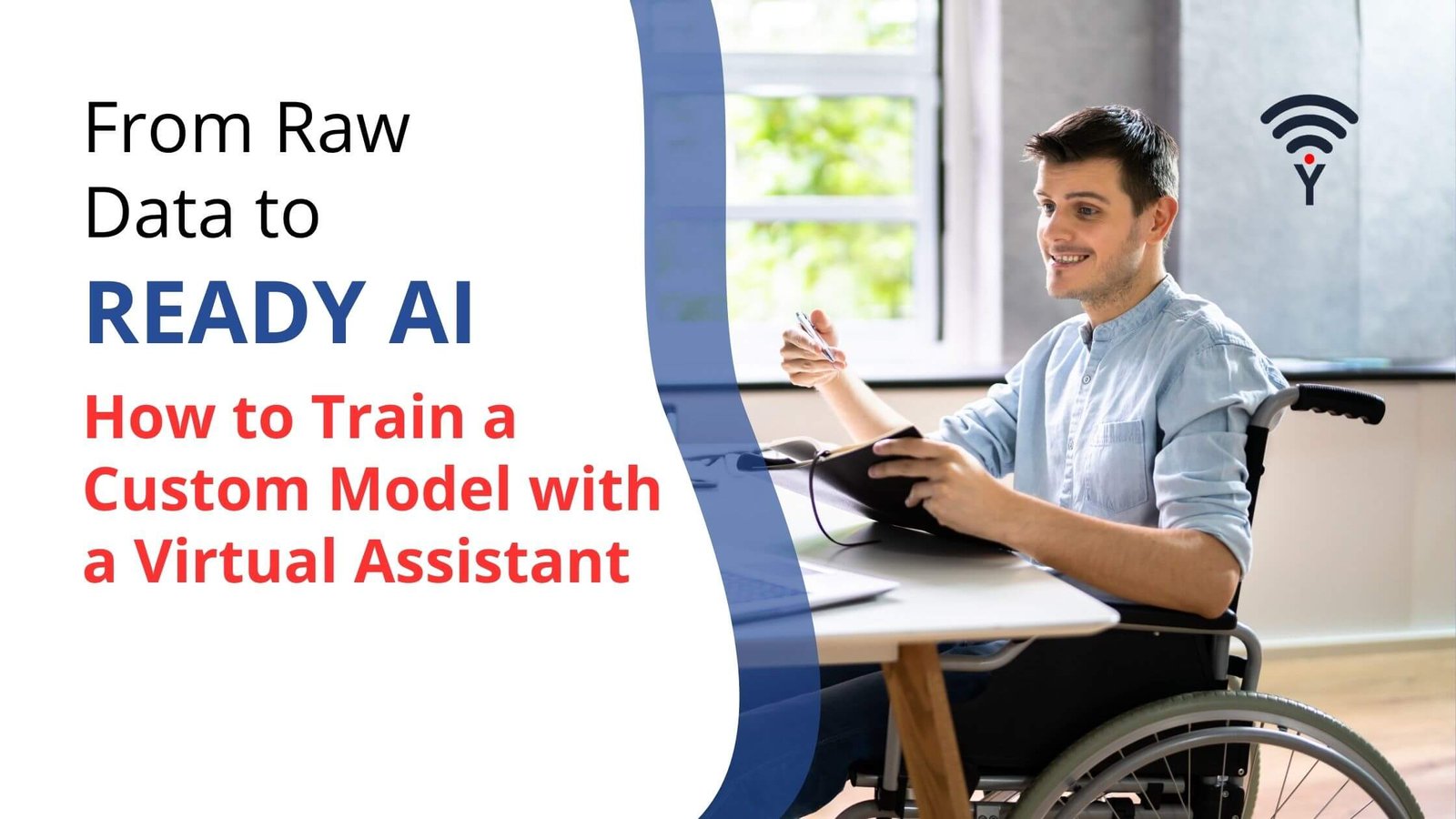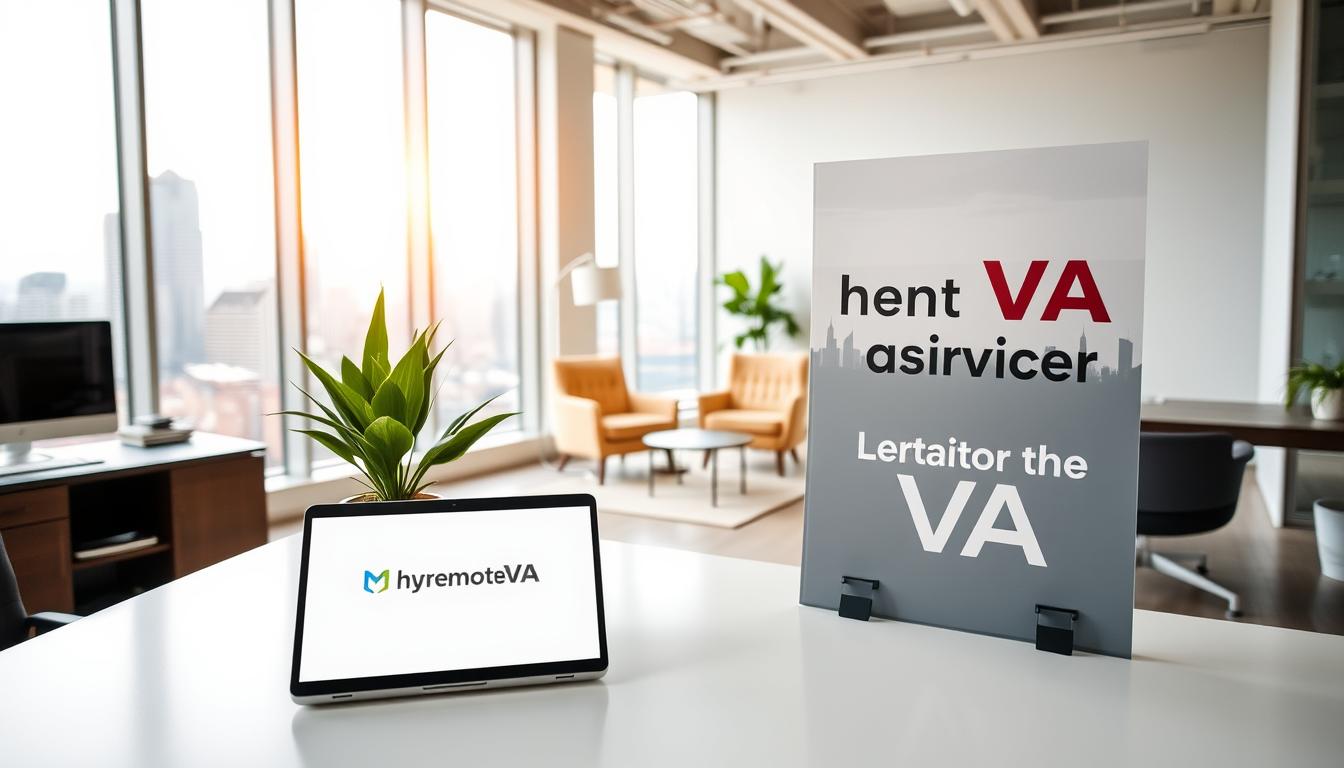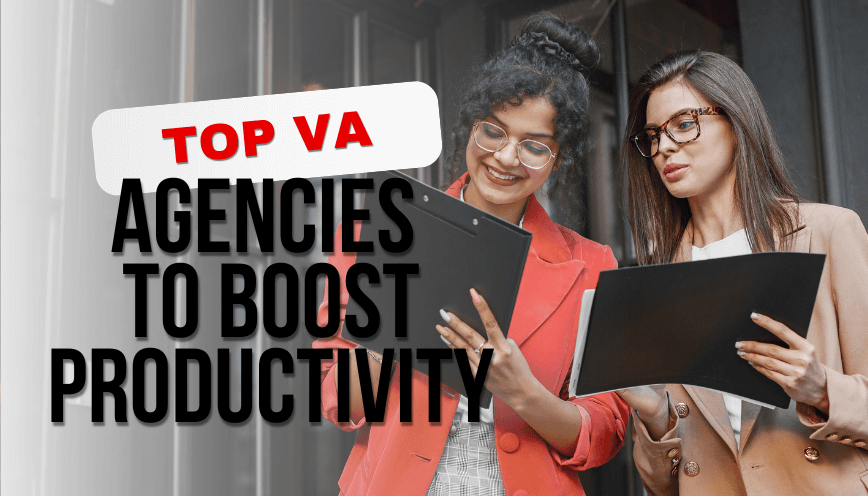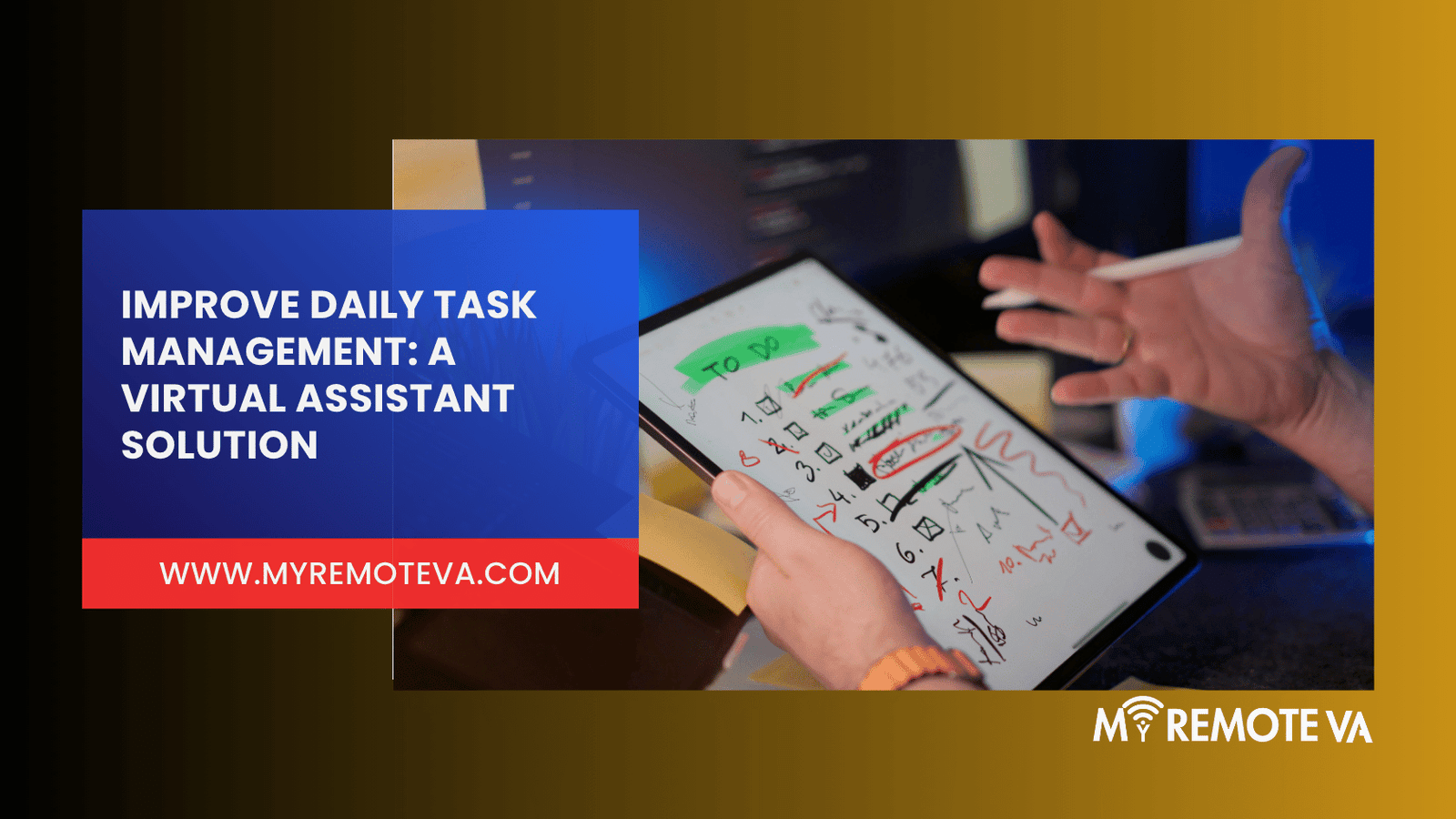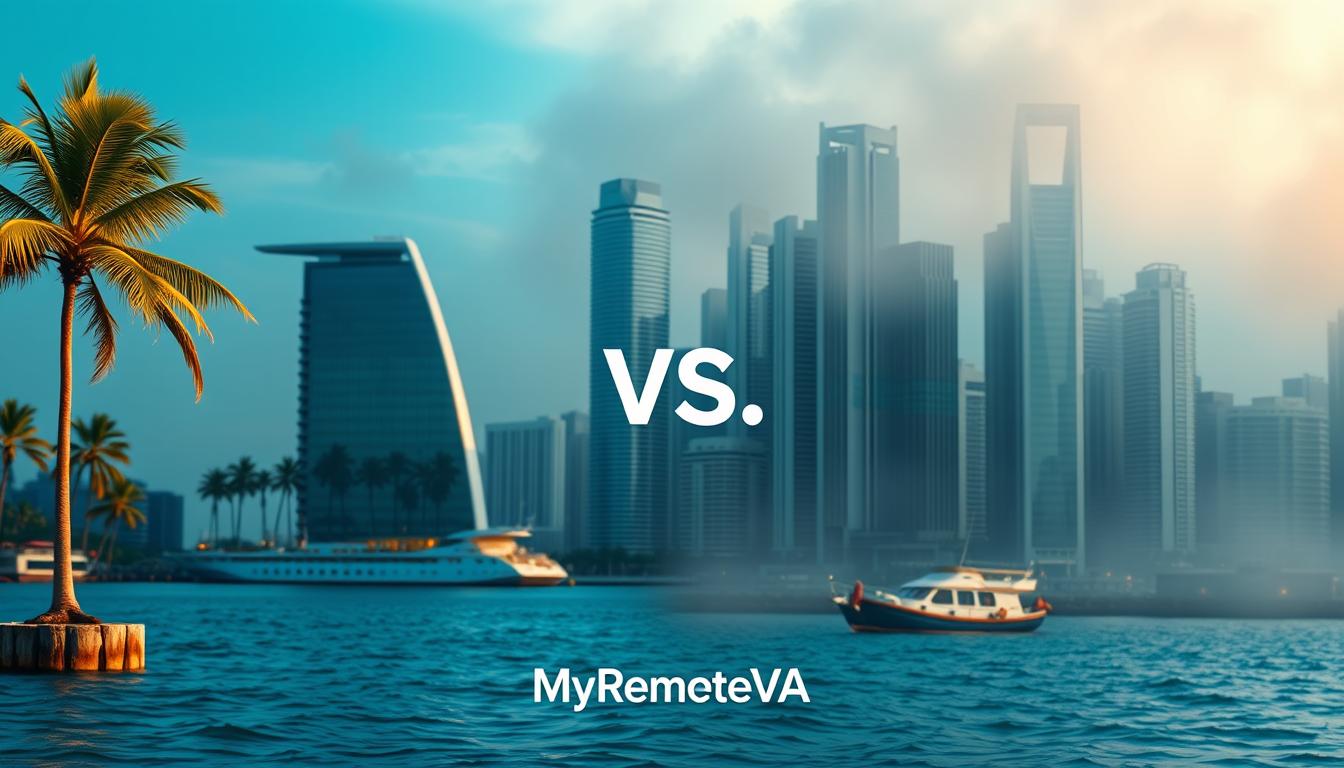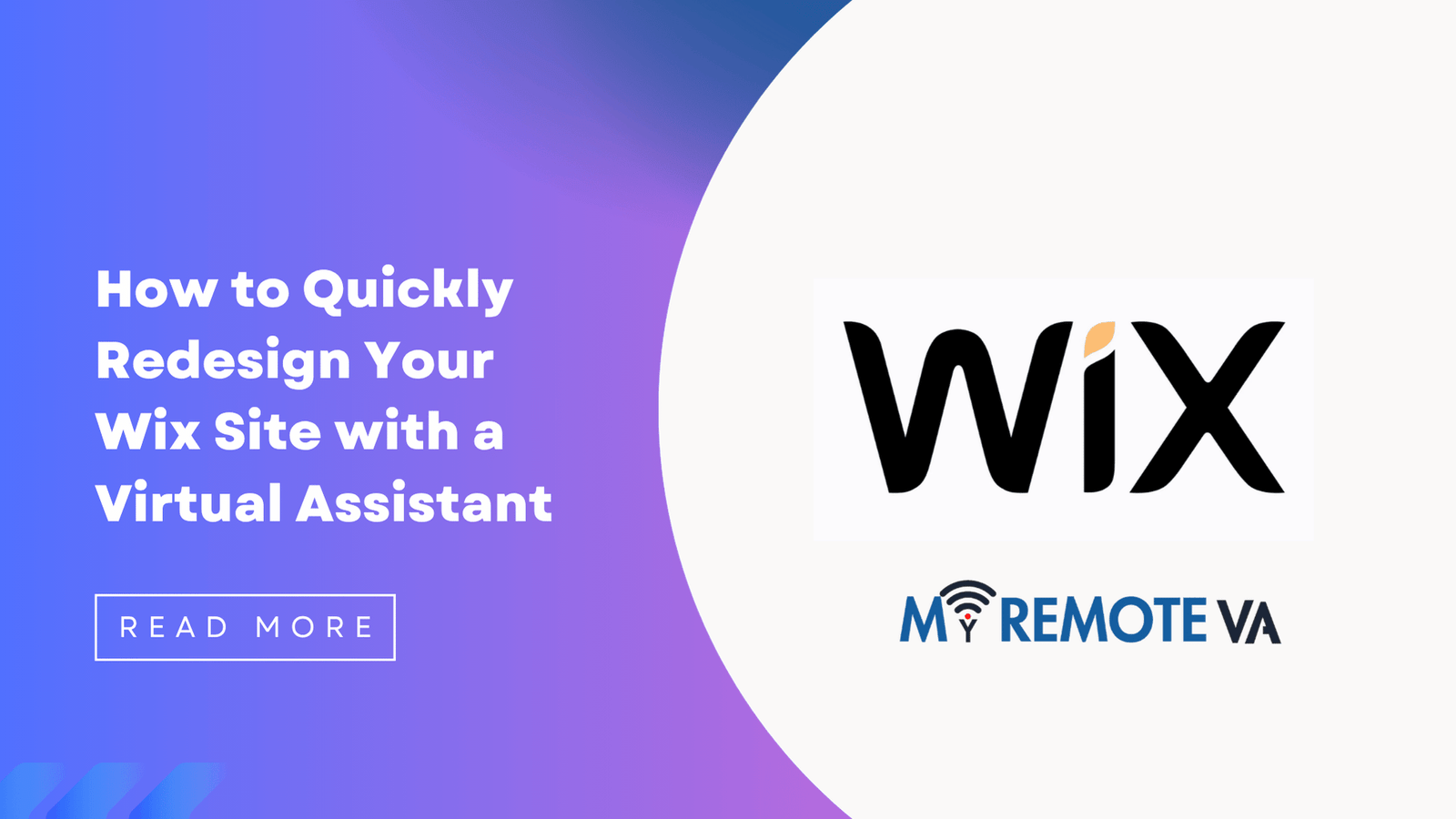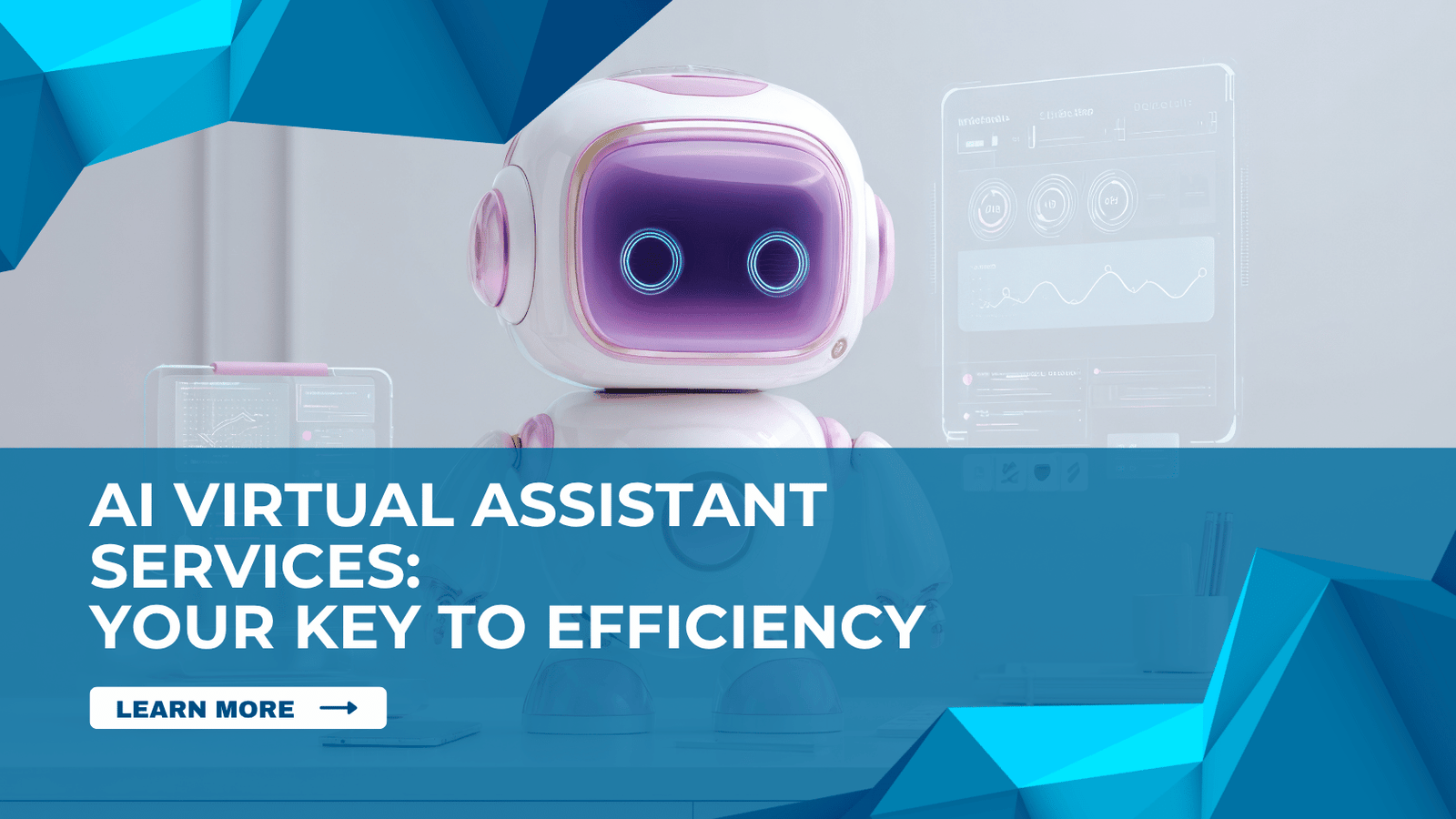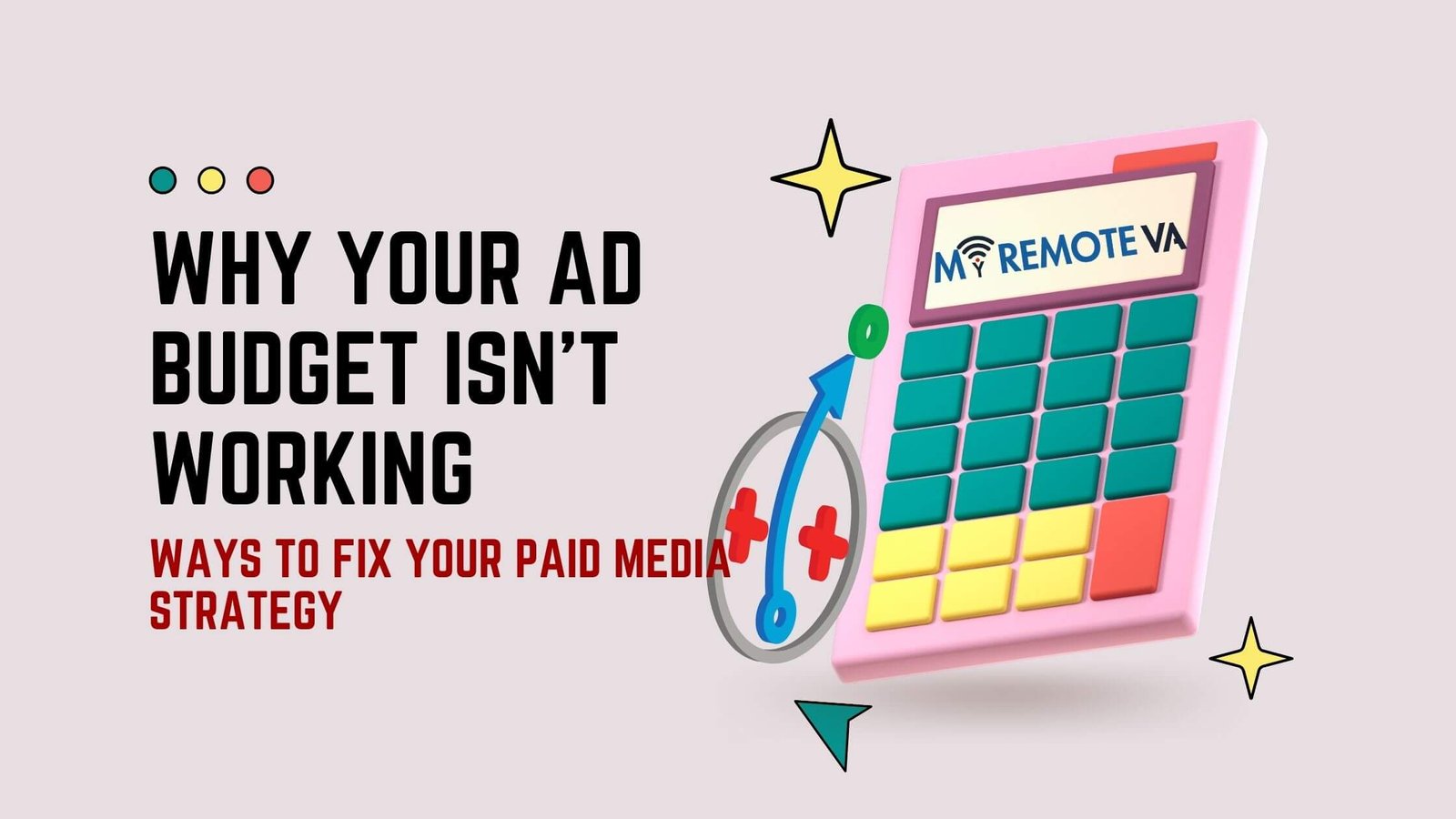Ever feel like you’re trying to build a castle with just one bucket of sand? That’s kind of what it feels like to train a custom AI model all by yourself. I know this from personal experience. I once had this brilliant idea for an app that would use AI to categorize photos for me. I was so excited. I thought I’d just feed it a bunch of my pictures, hit a button, and boom—magic. Simple, right?
Yeah, not so much. I quickly discovered that the “magic” part involves hundreds of hours of mind-numbing work. I’m talking about manually labeling every single photo: “This is a dog. This is a cat. This is a blurry picture of a pigeon.” After about an hour, my vision was going blurry, too, and my creative genius felt like it had been replaced by a data entry drone. It was soul-crushing. That’s when it hit me: the secret to building something great isn’t always doing it yourself. Sometimes, it’s about finding the right person to help you, and for me, that person was a virtual assistant.
The truth is, artificial intelligence isn’t that intelligent on its own. It’s a bit like a student who needs a teacher. You have to feed it a diet of clean, accurate, and labeled data, and that’s where most AI projects stall out. The data preparation—the stuff nobody really talks about—is the absolute hardest part. But here’s the good news: you don’t have to do it alone. By leveraging a virtual assistant (VA), you can transform the most tedious part of the process and actually get your project off the ground.

Why Your Custom AI Model Lives and Dies on Good Data
Let’s be real: your AI model is only as smart as the data you feed it. Garbage in, garbage out. If you’re building something specific to your business—say, a tool that analyzes customer service chats or an image recognition system for your products—you can’t just use a generic, off-the-shelf dataset. You need to train it with data that is specific to your world. This process, known as data annotation, is the foundational work of any successful machine learning project.
Without proper data, your AI will be like a GPS with no maps. It might look fancy, but it won’t actually get you anywhere. The right data, meticulously labeled and organized, is the secret sauce that makes your model accurate, reliable, and actually useful. This is a huge roadblock for a lot of companies. They have the brilliant idea but get bogged down in the sheer volume of data they need to sort through. That’s exactly the kind of task a virtual assistant was made for.
The Data-Heavy Work a Virtual Assistant Can Handle
Think of a virtual assistant as your dedicated data guru. They can take on the tasks that are repetitive and time-consuming but are absolutely critical for your AI’s health. What kind of tasks are we talking about?
- Data Gathering: Need a massive collection of images or text files? A VA can hunt down the specific data you need and organize it all in one place.
- Cleaning Up the Mess: Raw data is almost always messy. A VA can scrub out duplicates, fix formatting issues, and make sure everything is ready for the model to digest.
- Labeling, Labeling, Labeling: This is the big one. Whether it’s tagging objects in photos, transcribing audio files, or labeling text for sentiment, your VA can do the detailed, repetitive work that would otherwise take up your entire week.
- Quality Control: An extra set of eyes is always a good idea. VAs can act as a quality assurance checkpoint, double-checking the data to make sure every single piece is labeled correctly and consistently.
By offloading these tasks, you’re not just saving time. You’re freeing up your in-house team to focus on the truly high-level work—the strategy, the algorithm fine-tuning, and the big-picture stuff that only your core team can do. It’s an efficient way to get your project moving and keep it moving forward.
Speed Up Your AI Project with a VA
Time is money, especially when you’re racing to launch a new product or service. The data-prep phase of an AI project can feel like a massive bottleneck, stretching out your timeline and eating up your budget. But imagine if that bottleneck could be completely cleared. By hiring a virtual assistant to train a custom AI model, you’re not just getting a helper; you’re getting a project accelerator.
When I was trying to label my photos, I was only able to get through a handful a day between all my other tasks. A VA, however, could do that all day long. They can be working on your project while you’re focused on a client call or even while you’re asleep. This round-the-clock progress can drastically shorten your project timeline, giving you a huge competitive edge. This kind of flexible, on-demand support is almost impossible to replicate with a traditional hire. It’s smart, scalable, and just plain faster.

Finding a VA Who Gets It
You can’t just hire anyone to help with this. You need someone who is detail-oriented, tech-savvy, and understands the importance of their role in the bigger picture. You’re not looking for someone to just handle your calendar; you’re looking for a partner in a specialized project. So, what should you look for?
A good starting point is finding someone with strong technical acumen who can learn new software quickly. If they have some domain knowledge related to your project, that’s even better. But above all, you need someone who is precise and careful. A single mistake in data labeling can throw off your entire model. This is where a company that specializes in matching you with skilled professionals, like MyRemoteVA, comes in handy. It saves you from the headache of vetting dozens of candidates yourself, so you can jump straight to getting the work done. If you’re curious about the specific traits and skills that make for a top-tier assistant, you should check out our blog post on virtual assistant skills and qualities.
And let’s not forget the cost. Hiring an in-house employee for a specific, project-based task can be a serious budget sink. A VA is a far more flexible and cost-effective solution. You can hire them for exactly the hours you need, allowing you to manage your budget and resources with a lot more control.

The Power of a “Human in the Loop” for Your Project
If you’re building a sophisticated system, you absolutely need a “human in the loop.” This isn’t just a fancy term; it’s a critical strategy. It means a human is actively involved in the AI’s learning process, providing feedback and correcting mistakes. Why is this so important? Because an AI model lacks common sense. It doesn’t understand context, nuance, or sarcasm. It only understands the data it’s been given.
Think about a customer service chatbot. What happens when a user’s question is ambiguous or emotionally charged? The chatbot might completely misunderstand. A human in the loop can review these conversations, correct the AI’s response, and teach it what a “good” answer looks like. This continuous feedback loop is what makes a model smarter and more effective over time. This is also how you prevent a model from becoming biased. If your training data is skewed or unrepresentative, your AI will learn those biases. A VA can help you audit and clean your data to make sure your AI is fair and accurate. It’s an essential part of ethical AI development.
For more on how a technical VA can become an indispensable part of your team, take a look at our post on what a technical virtual assistant is and how they can seriously supercharge your business.

Scaling Your AI Project, One VA at a Time
One of the coolest parts about this approach is the scalability. When you’re just starting out with a proof of concept, you might only need a few hours of help a week. But when you’re ready to really scale and train your model with a massive dataset, you can ramp up the hours or even hire a small team of virtual assistants. It’s a completely flexible model that grows with you and your project. You’re not tied to a large payroll, and you can adjust your resources on the fly to meet your deadlines.
This allows you to be agile and responsive. Need to get to market in two months? A dedicated VA can make that happen by tackling the data grunt work day and night. It’s a modern approach to project management that gives you control, flexibility, and a much better chance of success. Who knew that the key to the future of AI was something as simple as a well-chosen human assistant?
FAQs
Can a virtual assistant build an AI model from scratch?
No, a VA won’t typically do the heavy-duty programming or machine learning engineering. They’re more like the invaluable support staff who handle the manual, data-related work. Think of them as a crucial part of the team, freeing up your developers to focus on the core technical architecture and algorithms.
What specific data annotation tasks can a VA do?
They can handle a ton of tasks! This includes everything from image labeling (drawing “boxes” around objects) and video annotation to text classification, sentiment analysis, and audio transcription. The exact tasks will depend on what your AI model needs to learn.
How does a VA ensure the quality of their labeled data?
High-quality VAs are all about attention to detail. They follow your project guidelines precisely, use specific tools for annotation, and often perform quality checks on their own work. They understand that a small mistake on their end can lead to a big problem for the AI, so they’re meticulous in their work.
Is using a VA for AI training more affordable than hiring an employee?
In almost every case, yes. Hiring a full-time employee involves salary, benefits, and administrative costs. With a virtual assistant, you’re paying a flexible, hourly rate for a specific service. It’s a very cost-effective way to get the help you need without a long-term commitment.
Can a VA help me with Natural Language Processing (NLP) models?
Definitely! VAs are perfect for NLP. They can help with tasks like transcribing audio, classifying text (is it a complaint or a question?), and tagging entities in a sentence. This kind of human oversight is what helps NLP models get better at understanding the subtleties of human language over time.

